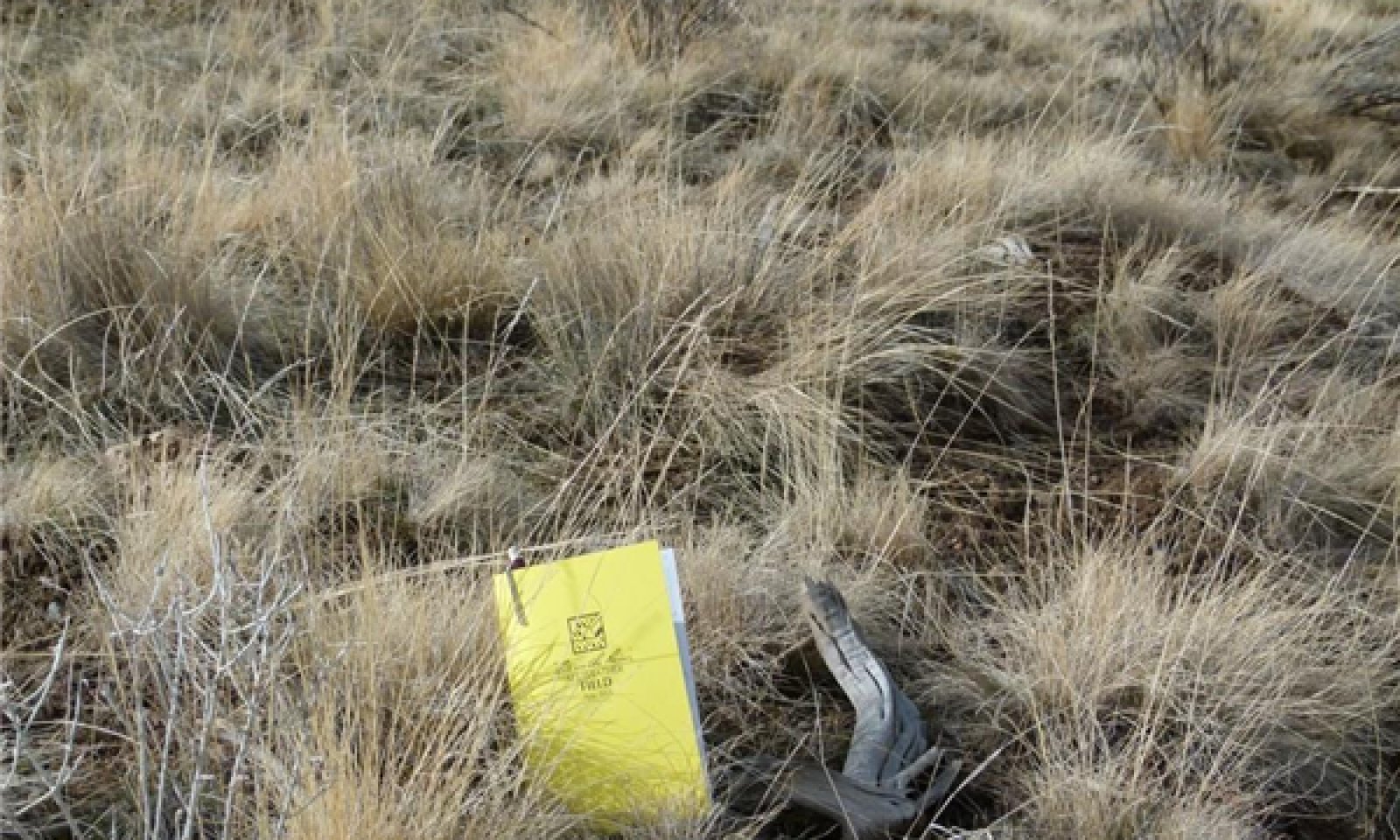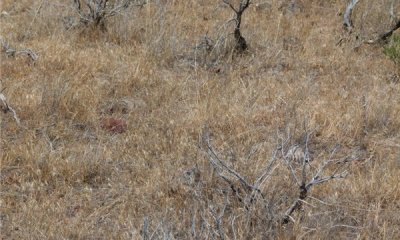
SR Cool 9-12 PZ
Scenario model
Current ecosystem state
Select a state
Management practices/drivers
Select a transition or restoration pathway
- Transition T1A More details
- Transition T2A More details
- Restoration pathway R2A More details
- Restoration pathway R3A More details
- Transition T4A More details
-
No transition or restoration pathway between the selected states has been described
Target ecosystem state
Select a state
State 1
Reference State-Bunchgrass-Sagebrush State




Description
The reference state is considered to be representative of this ecological site under naturally stable, pre-European settlement conditions. This state is dominated by Idaho fescue and Wyoming big sagebrush. Bluebunch wheatgrass, Thurbers needlegrass, and Sandberg bluegrass are common. Other associated species include bottlebrush squirreltail, wild crabapple, horsebrush, and rabbitbrush. Common forbs include prickly phlox, lupine, buckwheat, owl clover, fleabane daisy, and lomatium. These plants maintain the nutrient cycles, organic matter accumulation, and hydrologic functions in their rooting depth. Energy capture by cool season perennial grasses is limited primarily to fall, spring and early summer. As the deeper rooted woody plants increase, the nutrient cycles, organic matter accumulation and hydrologic functions are extended deeper into the soil profile. Energy capture is extended through the summer season. Periodic fire (typically between 15-70 year intervals) prevents the non-sprouting woody plants from becoming dominant in this state. Idaho fescue is at its lowest limit of moisture tolerance and quickly drops out of the plant community with disturbance. Three plant community phases occur in the Reference State differentiated by the amount of sagebrush and deep-rooted perennial grasses that are present.
Submodel
State 2
Sagebrush and Shallow-rooted Bunchgrass State



Description
This state is represented by varying amounts of Wyoming big sagebrush and Sandberg bluegrass. Deep-rooted perennial bunchgrasses are confined to protected areas within the shrub canopy. Plant structure (height) is less due to the decline of the deep-rooted bunchgrasses. Bare ground has increased and non-native annual grasses and forbs are present. Ecological processes are controlled by the shallow-rooted perennial grasses and sagebrush. Nutrient cycling, moisture capture, and organic matter have decreased and are concentrated in the top 4 inches of the soil profile due to lower production of grasses and less root biomass. Fire frequency has decreased due to the decrease in fuel loads. Soil surface differences between this state and the reference state include a decrease in the amount of pedestals and an increase in bare ground.
Submodel
State 3
Annual Grass State



Description
This state is characterized by non-native annual grasses. The annual grasses out-compete the native plant community by capturing energy, nutrients, and soil moisture earlier, resisting herbivory, and producing a large amount of seed. Cheatgrass and medusahead germinate in the fall and establish a shallow root system that is able to elongate through the winter and capture early soil moisture. This creates adverse growing conditions for perennial species and effectively dries out the site. These annuals complete their growth by early summer and become prone to wildfires during the driest time of the year. The annual grasses produce a continuous, fine fuel source that favors hot, quick moving fires. Natural fire cycles are shortened to approximately 2-3 fires in 10 years. These fires create an ash, nitrogen-rich duff that aids the seed bank to monopolize the next flush of precipitation. Shallow rooted annual grasses are not able to access deeper moisture and complete their growing cycle when surface soil moisture is depleted. Soil organic matter decreases due to the loss of root masses that were provided by the deep-rooted perennials which are now replaced by these shallow-rooted annual grasses.
Submodel
State 4
Seeded State



Description
This state is characterized by plantings of adapted species of grasses and forbs. The purpose of this practice is to reestablish deep rooted perennial plants that are able to access deeper moisture, decrease the fire frequency, improve soil organic matter, improve infiltration, and increase plant production. The nutrient cycle now occurs in the deeper root zone and energy capture happens from fall and early spring through early summer corresponding to the growing season of the seeded species.
Submodel
Transition T1A


Mechanism
Disturbances which cause an increase in bare ground, loss of deep-rooted perennial grasses, increase in shallow-rooted perennial grasses, increase in shrubs and the introduction of non-native annual grasses will cause the plant community to cross a threshold. Triggers: control of fire, excessive and repeated herbivory, and prolonged drought.
Mechanism
Soil disturbance, drought, repeated excessive herbivory, brush management followed by disturbance will decrease perennial species and favor the ability for annuals to increase.
Mechanism
Mechanical seedbed preparation and seeding to adapted species will restore functions that benefit deep rooted grasses.
Mechanism
Mechanical seedbed preparation and seeding to adapted species will restore functions that are benefitted by deep rooted grasses.
Model keys
Briefcase
Add ecological sites and Major Land Resource Areas to your briefcase by clicking on the briefcase (![]() ) icon wherever it occurs. Drag and drop items to reorder. Cookies are used to store briefcase items between browsing sessions. Because of this, the number of items that can be added to your briefcase is limited, and briefcase items added on one device and browser cannot be accessed from another device or browser. Users who do not wish to place cookies on their devices should not use the briefcase tool. Briefcase cookies serve no other purpose than described here and are deleted whenever browsing history is cleared.
) icon wherever it occurs. Drag and drop items to reorder. Cookies are used to store briefcase items between browsing sessions. Because of this, the number of items that can be added to your briefcase is limited, and briefcase items added on one device and browser cannot be accessed from another device or browser. Users who do not wish to place cookies on their devices should not use the briefcase tool. Briefcase cookies serve no other purpose than described here and are deleted whenever browsing history is cleared.
Ecological sites
Major Land Resource Areas
The Ecosystem Dynamics Interpretive Tool is an information system framework developed by the USDA-ARS Jornada Experimental Range, USDA Natural Resources Conservation Service, and New Mexico State University.

